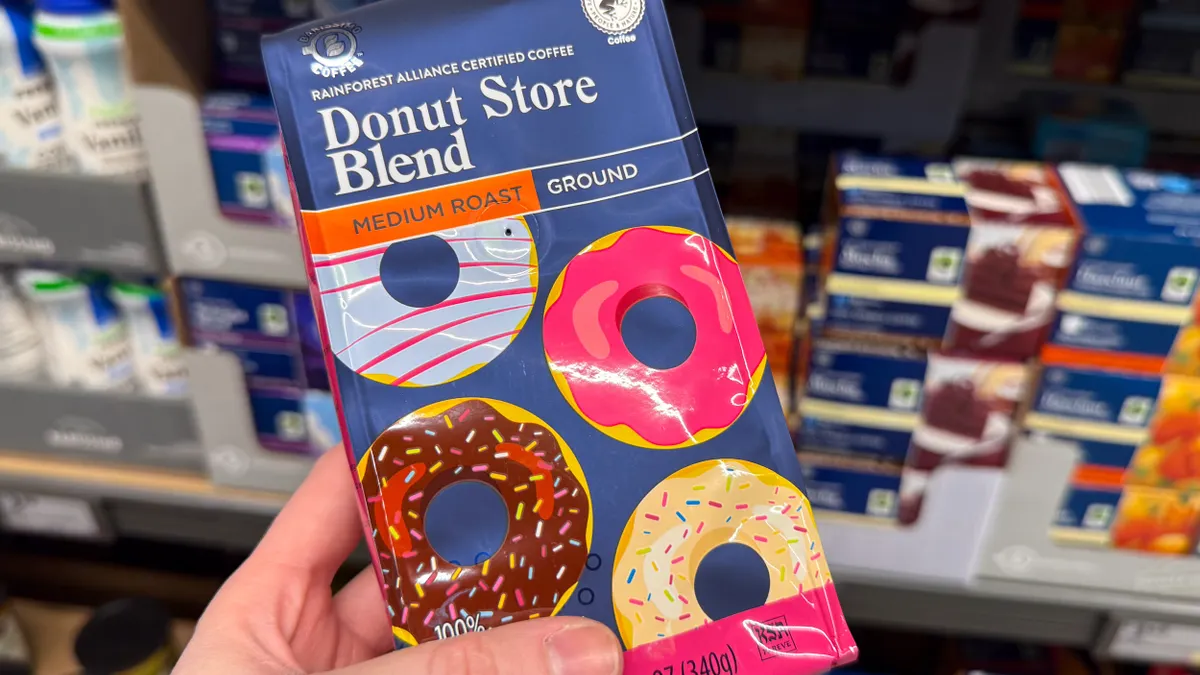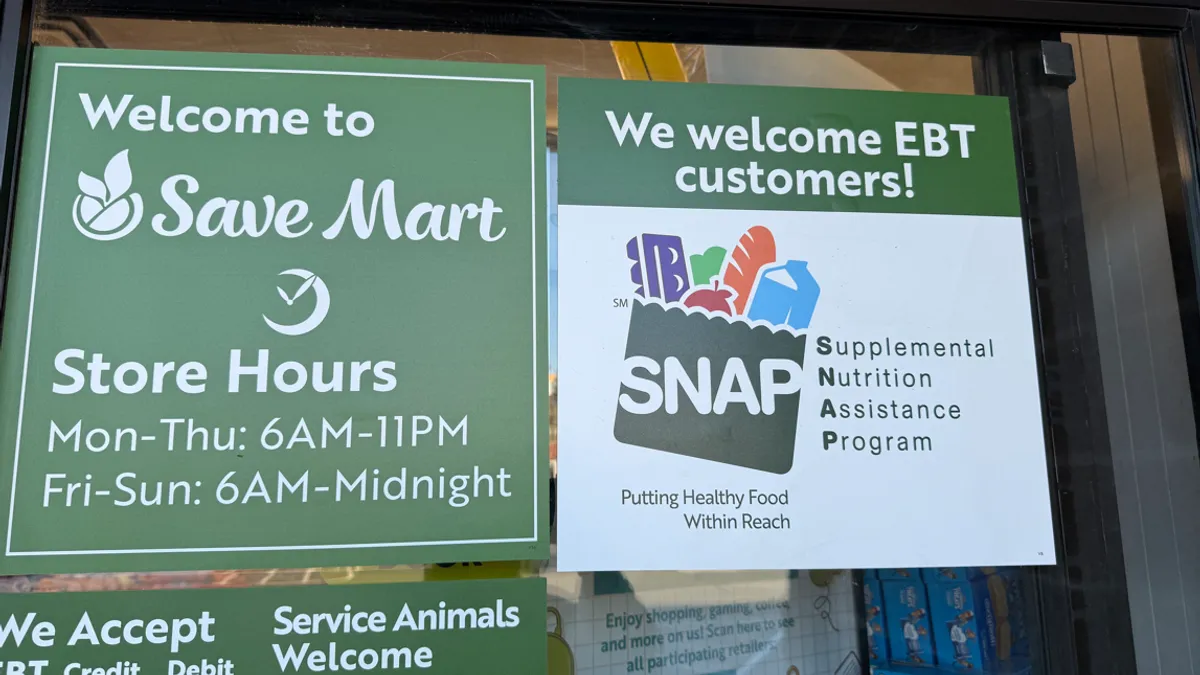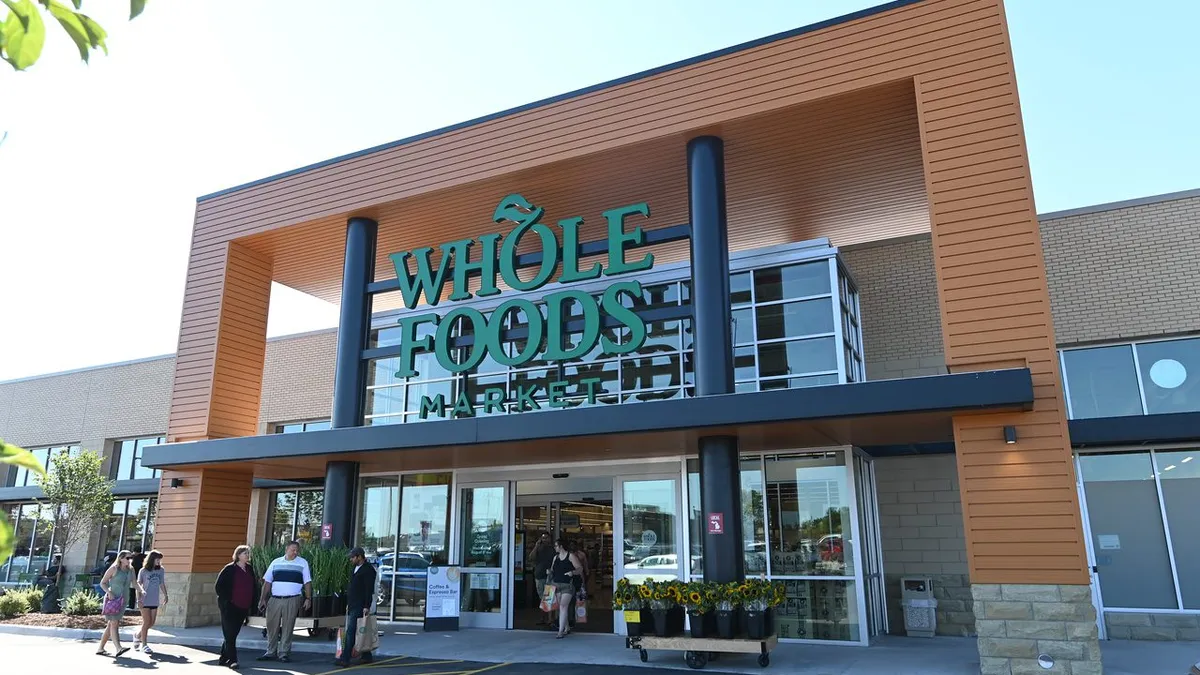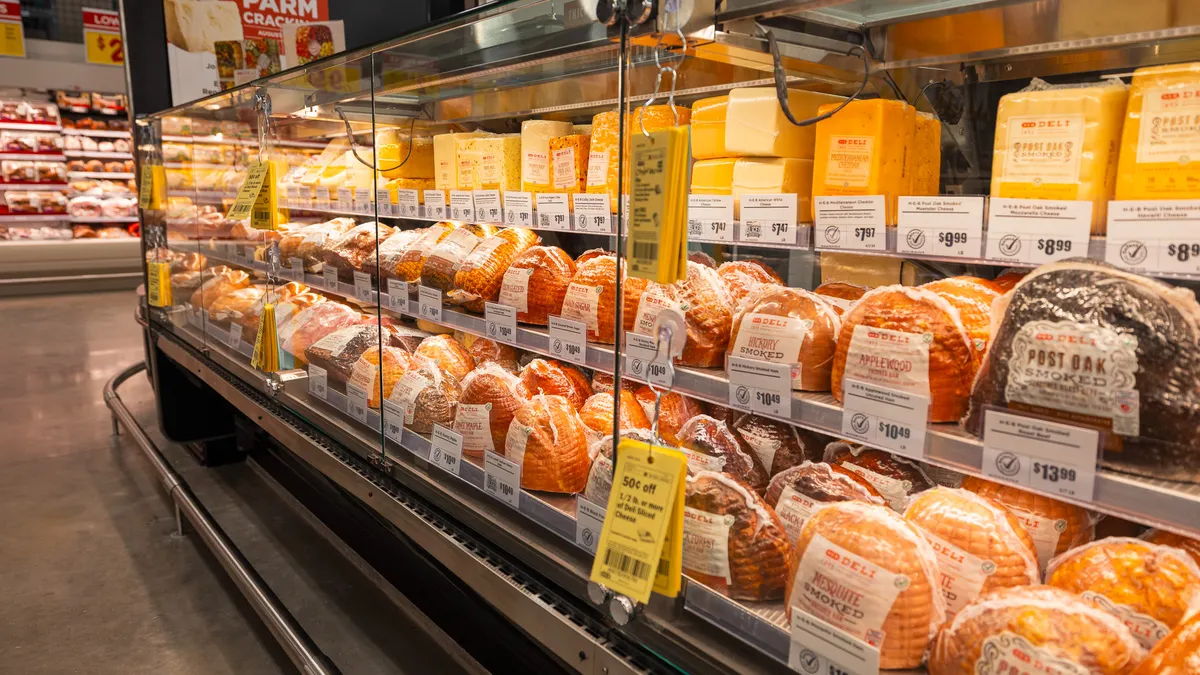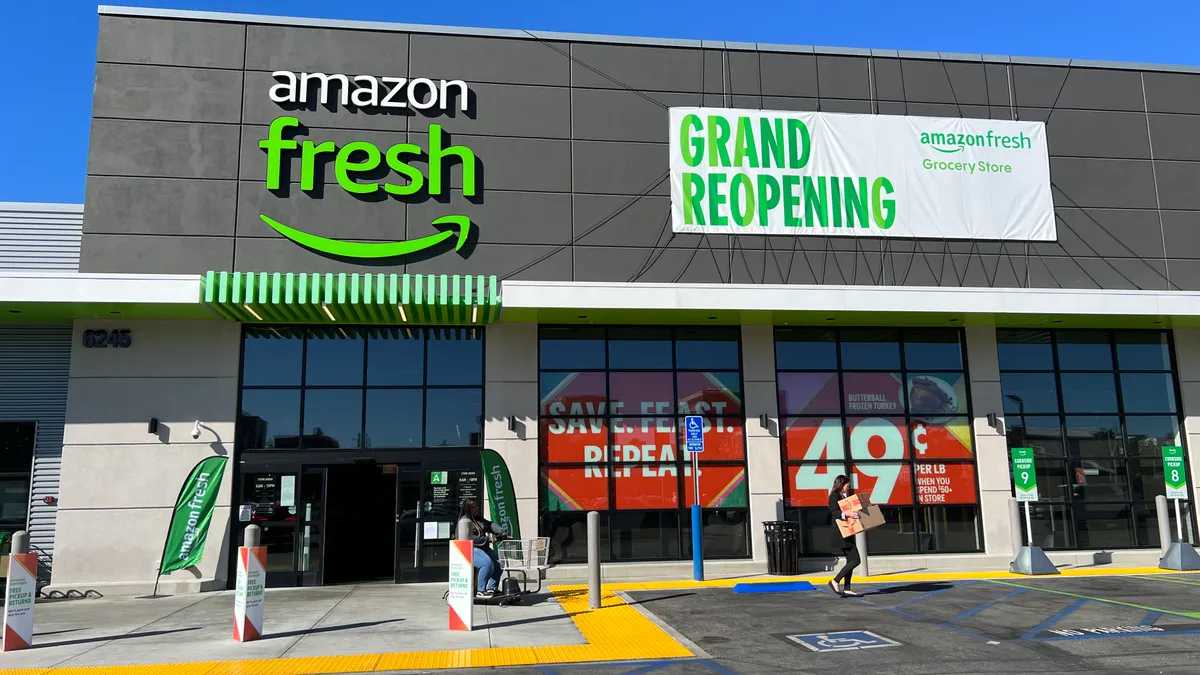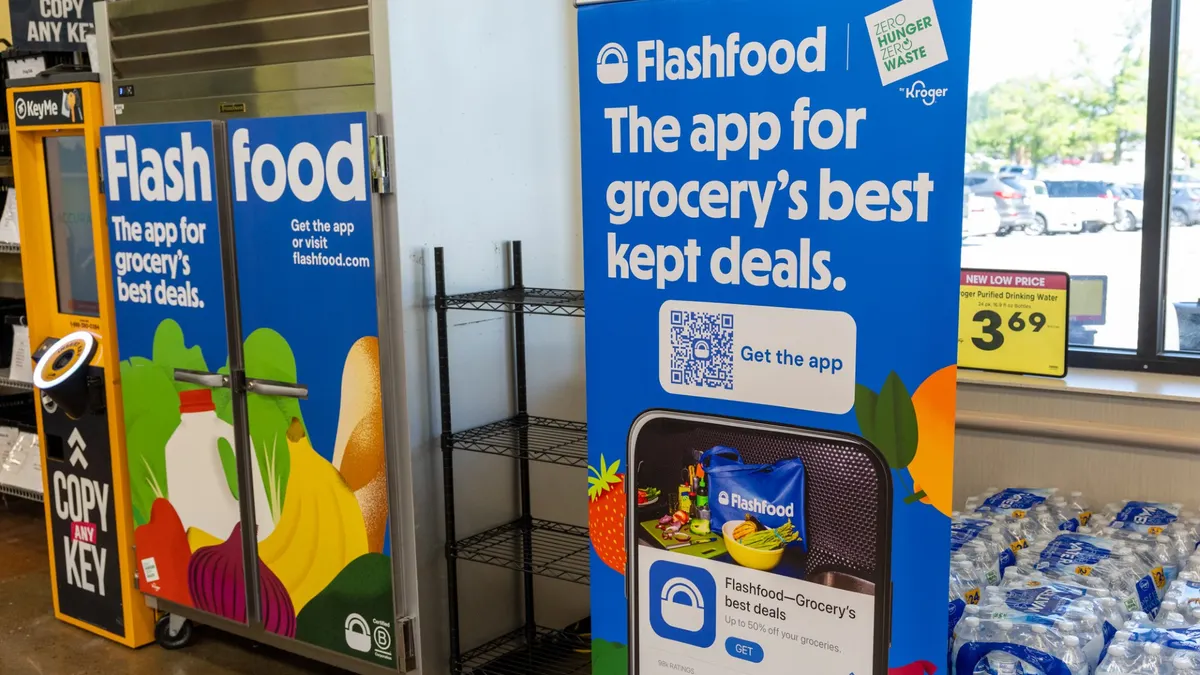Though private brands are finding a new baseline, they still remain a key driver for grocers, according to new research from research firm Dunnhumby.
Consumers surveyed in April who say private brand quality is “very or extremely” important rose a fraction of a percentage point from those surveyed in December, according to data from the latest wave of Dunnhumby’s Consumer Trends Tracker, which was released in late May. Meanwhile, consumers’ reported importance of price competitiveness and “love” for private brands both dipped, falling around 1 percentage point each.
Fewer shoppers choose to buy private brands over name brands most or all of the time, with 43% saying they do so in April — the lowest recorded level since the firm’s survey in the fall of 2022.
The importance of private brands and the frequency with which people buy them over name brands has softened recently, said Erich Kahner, director of strategy and insights for Dunnhumby in the Americas.
The importance of private brands to consumers started to increase in 2022 and hit a high point in 2023. It has since come back down to a level that is still higher than it was before grocery inflation skyrocketed, Kahner said.
The main driver behind this shift is lessening price sensitivity by consumers, Kahner said.
“We read a lot in the headlines about tariffs [and] about consumer sentiment being vulnerable, but we haven’t really seen the behaviors in grocery stores really start to shift a lot towards [that] in the last few months,” Kahner said.
He continued: “I think there’s a lot of fear and anxiety in the market, but behaviors haven’t yet, at least at the shelf, started to follow that, because we haven’t really seen the reality at the shelf become a lot worse for customers yet, in the way of higher inflation or supply chain disruptions.”
Shifting economic landscape
After four years of continued disruption with COVID-19, record inflation in 2022 and rising interest rates, monthly budgets have remained steady for consumers since early 2024 as these things have moderated, he said.
“Things have been pretty stable economically for the last year or so. … Price sensitivity, I think, is still higher than it was [before] all of the disruption, but in the past year, it’s been coming back down in a way that I think is a natural reversion to, not necessarily what it used to be, but back towards a new normal,” he said.
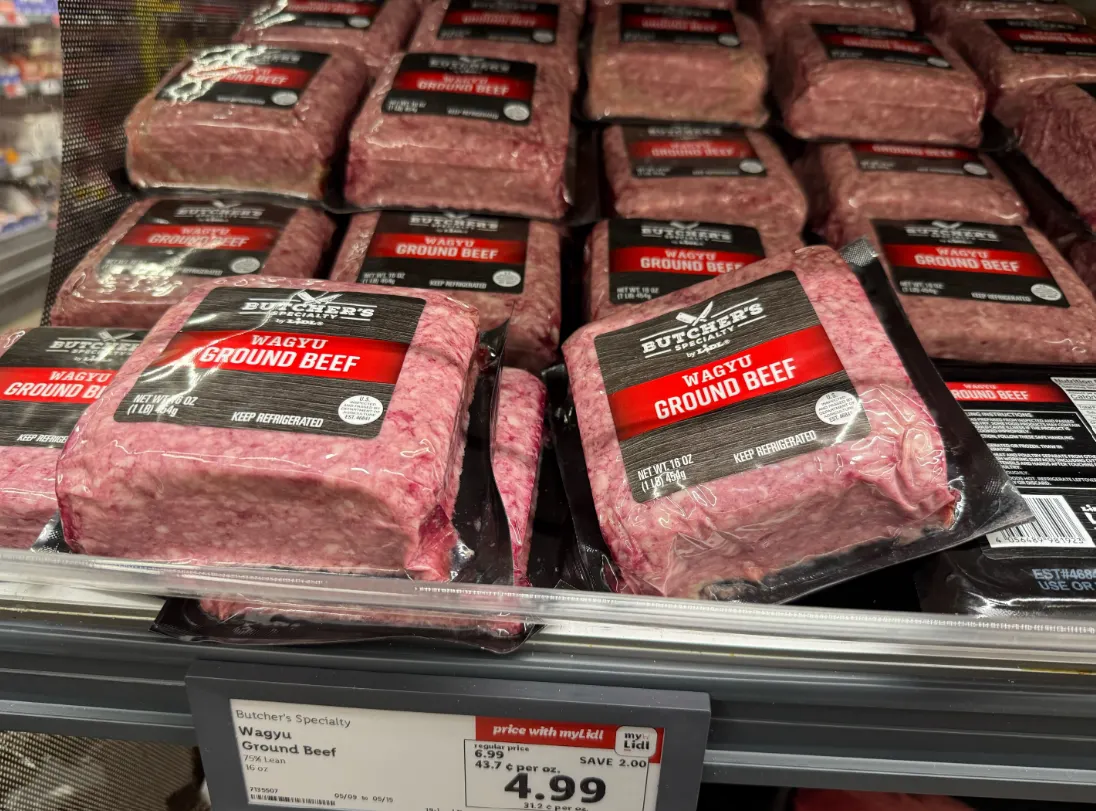
The necessity of grocery shopping makes food items more insulated from consumer woes about spending, Dunnhumby has found.
“When it comes to grocery and delivering or fulfilling their basic everyday needs, the realities of [consumers’] paychecks and however they meet their monthly budgets at the time, are going to be driving their behaviors more so than a fear of the future,” Kahner said, adding that consumers, however, may hold back on single big-ticket purchases based on worries for the future.
How grocers can harness the power of private brands
While consumers polled by Dunnhumby are saying private brands are less important to them now, store brands still play a bigger role in grocers’ assortments than a few years ago, Kahner said. This is evidenced by Dunnhumby’s findings that private brands are growing faster than name brands.
“[R]etailers who are best positioned for the long term have always tended to be retailers who have a strong private brand,” Kahner said. “That was true even before 2020 and has remained true throughout, and that just points to the fact that private brand, even if customers may be [saying] it’s becoming less important, serves the need to get high quality at better prices.”
Grocers who are taking a longer-term approach to their private brand portfolios are better positioned for growth, he added. Retailers who are private brand-focused — about 40% of their sales or more going through private brand on average — are much better set up for long-term overall sales growth compared to other retailers, have stronger emotional connections with shoppers and have a higher share of their monthly grocery budget, Kahner said.
While Dunnhumby has not found any difference in the importance of private brands between income cohorts, the data firm has found that people with kids living at home usually have more strain on their budget and are the demographic group who clearly place more importance on private brands than people without kids, Kahner said.
Kahner said that Dunnhumby has found that the perception by consumers that private brands are high quality is growing.
“If you compare those two needs — ‘private brands give me high quality’ versus ‘private brands save me money’ — the more important need to people is getting high quality from their private brand,” Kahner said.
Retailers are tapping into this growing desire for quality, such as Walmart’s nascent higher-tier Bettergoods line and Target’s Good & Gather brand, he said.
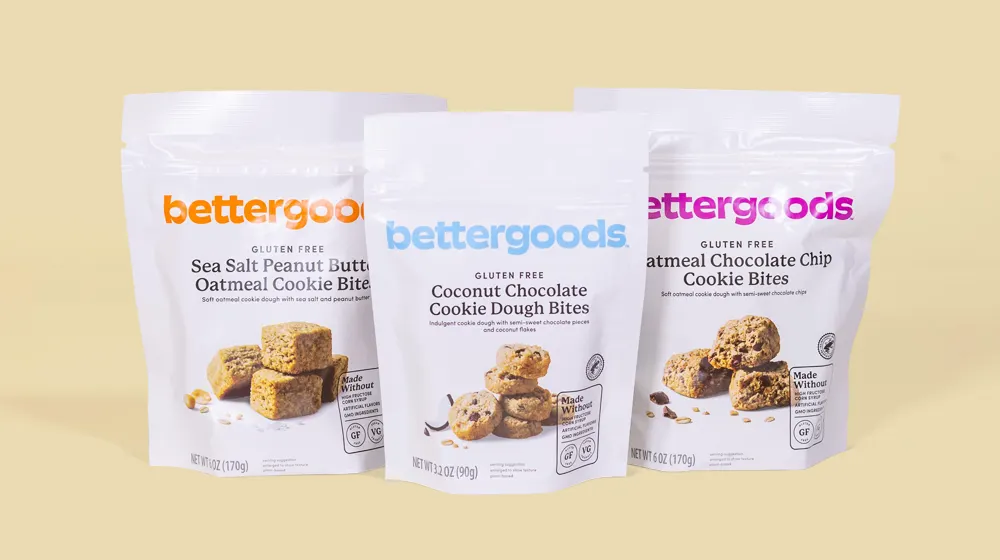
“We see other supermarkets or regional retailers investing in a premium-tier private brand,” which tends to be the avenue for unique flavors, Kahner said.
Across the income cohorts Dunnhumby tracks, the importance of private brands is “pretty consistent,” he said, noting that this is an indication that store brands are not just a draw for people with lower incomes.
While Kahner said that retailers sometimes take shortcuts with their house of brands, such as inconsistent positioning across categories and adding too many brands, he recommends that retailers give each of their private lines a clear positioning for customers.
While it can be hard and time-consuming, refreshing portfolios by eliminating or combining brands can also sharpen the messaging, he said.
He recommends that grocers have a large brand that serves as a national brand equivalent and spans multiple categories, followed by a premium tier brand that focuses on quality and unique variety across a few categories and then roll out a value tier. After launching those three types of brands, Kahner noted that grocers can venture into specific categories, such as a pet food line or an organic line.
“Private brand is sort of the one lever in grocery when you think about it, it can save you money and provide you high-quality [items], so it’s going to remain a key thing for retailers to differentiate on if they want to improve market share over time,” he said.



